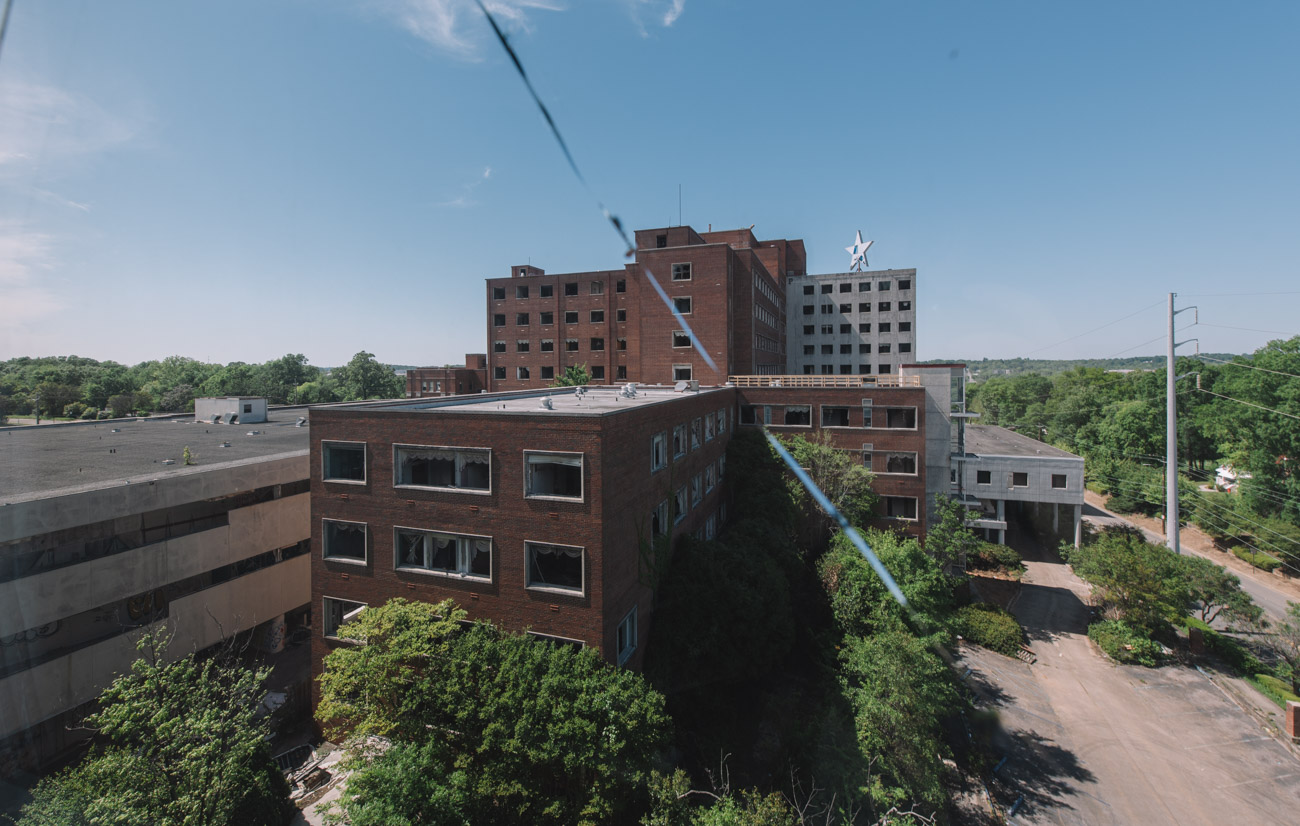| City/Town: • Birmingham |
| Location Class: • Medical |
| Built: • 1926 | Abandoned: • 2008 |
| Status: • Abandoned |
| Photojournalist: • David Bulit |
Table of Contents
Dr. Charles N. Carraway
Founded by Dr. Charles Newton Carraway, Carraway Hospital, originally known as Norwood Hospital, and Physicians Medical Center Carraway at the time of its closure, was a 617-bed hospital located in the Norwood neighborhood of Birmingham.
Charles Carraway was born on September 7, 1878, in Greensboro, Alabama where he attended the Mary Avery School, one of the more prestigious preparatory schools. He later trained in pharmacology at the Agricultural and Mechanical College of Alabama in Auburn, supporting himself by picking cotton. When his father, who served four years as a Confederate soldier in General Forrest’s cavalry unit, died in 1899, the family moved to Birmingham.
Charles was the oldest of four children and supported the family by working as a pharmacist while also attending Birmingham Medical College, graduating in 1902. He continued his studies in the New York Post-Graduate College of Medicine, John Hopkins School of Medicine in Baltimore, and in the private medical practice of the Mayo Brothers.
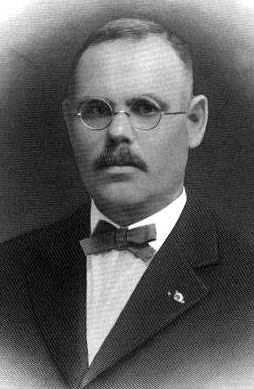
Norwood Clinic
After returning to Birmingham, Carraway took a position as an assistant for Russell Cunningham at the Cunningham Hospital and started his own practice in Ensley and Pratt City, working at Hillman Hospital and making house calls in his 1903 Cadillac. In 1904, he married Maggie Lacey and they had three children before her death in 1915.
In 1908, Charles Carraway built a small 16-bed infirmary adjacent to his house in Pratt City which was aptly named Carraway Infirmary. The hospital was funded by convincing the area’s industrial employers to provide healthcare to workers and their families, charging companies $1 per employee or $1.25 per family. In 1917, he bought a large plot of land in the Norwood neighborhood and moved the hospital there which came to be known as Norwood Hospital.
Throughout this entire time, Charles Carraway continued to make yearly trips to Rochester and witnessed firsthand the rise and success of the Mayo Clinic, the first multi-specialty medical group practice in the United States. Inspired by what the Mayo brothers had created, Carraway created Alabama’s first multi-specialty group practice in 1926 called Norwood Clinic.
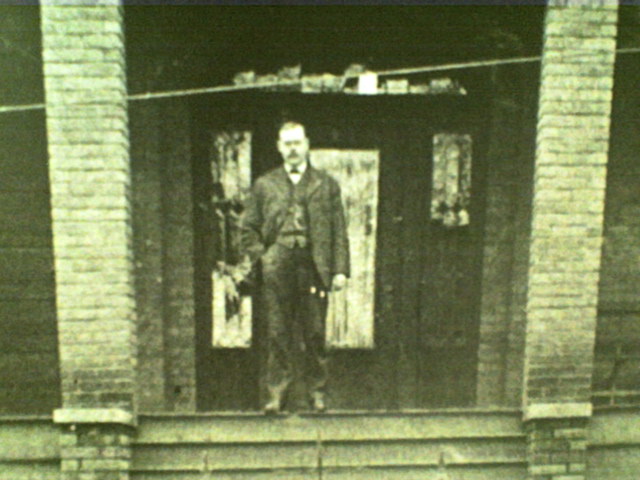
Carraway Hospital
While a resident of Pratt City, Carraway served as president of the board of trustees and president of the board of stewards of the Methodist Episcopal church. To be closer to his hospital, he purchased the former T. S. Abernathy residence on Norwood Boulevard in 1933. In the 1940s, he donated Norwood Hospital to the Methodist Episcopal church and it was renamed Carraway Methodist in his honor, with Carraway remaining as CEO and chairman of the board. With a $400,000 federal grant, a nursing wing was added in 1949.
In 1957, he suffered a stroke and turned over operations of the facility to his son, Dr. Ben Carraway. Under Ben Carraway’s guidance, the 163-room Purcell Wing opened in 1957 and was expanded upon in 1961, the first part of a major expansion that would grow the facility from 256 beds to 617 beds. Now considered a Birmingham landmark, the notable blue star was placed atop of the building during the Christmas of 1958. Dr. Charles Newton Carraway died in 1963 at the age of 84 and is buried in Elmwood Cemetery.
For much of its history, the hospital was segregated by skin color and in one instance in 1961, the facility refused emergency treatment to James Peck, a white civil rights activist who was savagely beaten by a group of Klansmen. The hospital was officially integrated in 1968, although accusations of racial discrimination would continue throughout the 1970s. One notable patient was Robert Edward Chambliss, convicted in 1977 for the 1963 16th Street Baptist Church bombing.
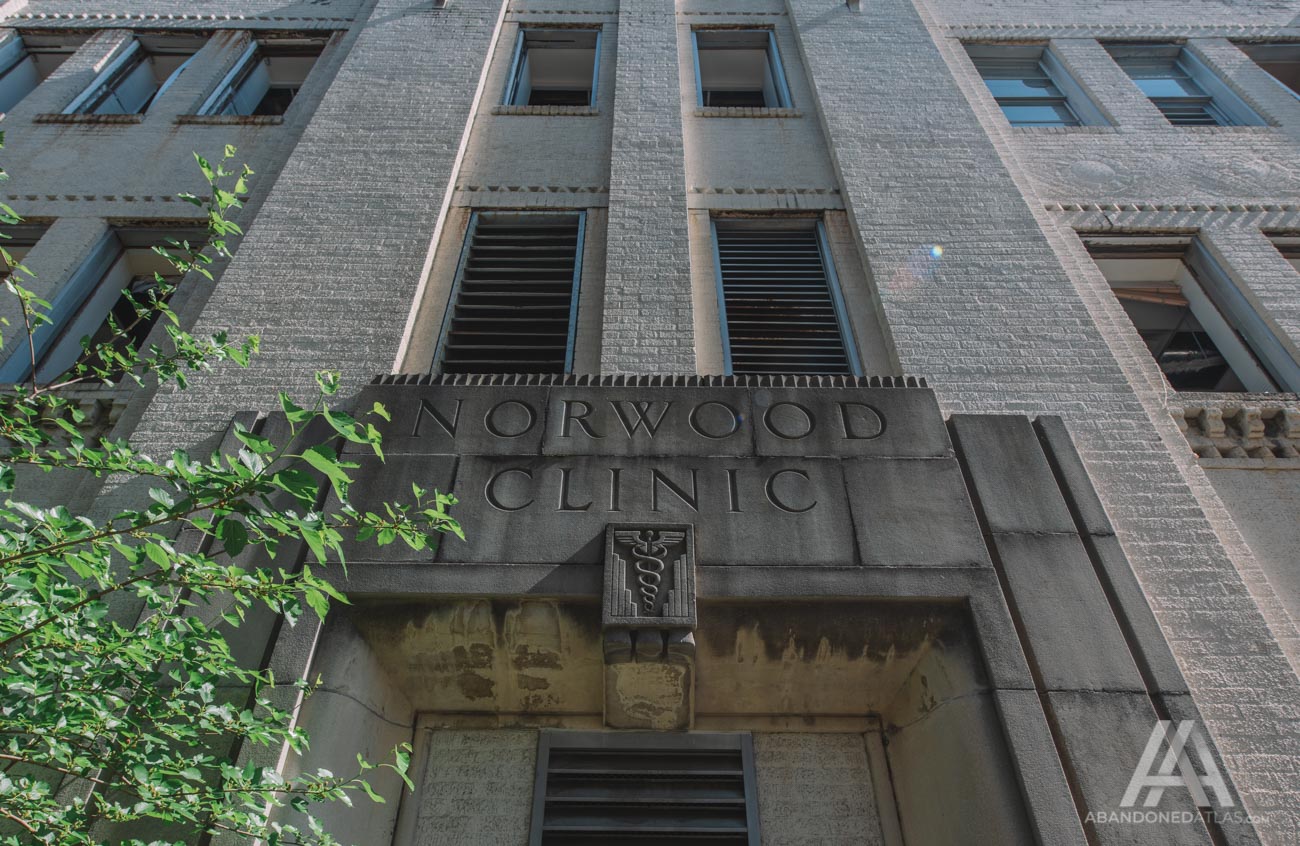
Innovation & Expansion
Carraway Hospital had always been a leader and innovator in medical care in Birmingham. In 1974, the $27 million Goodson Building was completed with Dr. Charles Carrway’s 1903 Cadillac on display in the lobby. In the 1980s, the facility added the city’s only Level 1 Trauma Center, a hyperbaric oxygen therapy department, a wound care center, the laser center, and the city’s first Sleep Center, among many groundbreaking additions.
Lifesaver, Alabama’s first helicopter service, came about because Robert Carraway, Charles Carraway’s grandson, found a lot of patients in 1978 who couldn’t make it to Birmingham’s higher-level hospitals. So by 1981, he had Lifesaver in place along with the trauma center. The Lifesaver helicopter program carried 30,000 patients as part of Carraway Hospital and was one of only 5% of emergency flight programs that placed physicians on every flight.
Physicians Medical Center
The hospital began facing financial difficulties in the early-2000s and began looking for any possible buyers. This came about due to a combination of the declining Norwood neighborhood, decades of choosing patients over profits, and the Balanced Budget Act which cut Medicare throughout the nation by $112 billion, and hospital inpatient and outpatient payments by $44 billion. In September 2006, the hospital filed for Chapter 11 bankruptcy protection with ownership of the facility placed up for auction. A group of doctors bidding as Physicians Medical Center LLC submitted a high bid of $26.5 million.
Once the buyout was completed, the name of the hospital was changed to Physicians Medical Center Carraway in early 2007. The blue star atop the building was kept and was incorporated into the hospital’s new logo. By June 2008, the hospital had turned a small profit for the first time in many years, but the success was short-lived as the hospital was unable to make payroll in October 2008. On October 20th, the hospital closed its emergency room and stopped taking new patients, announcing that the facility would be closing on October 31st. After serving the community for 100 years, the hospital closed on Halloween in 2008.
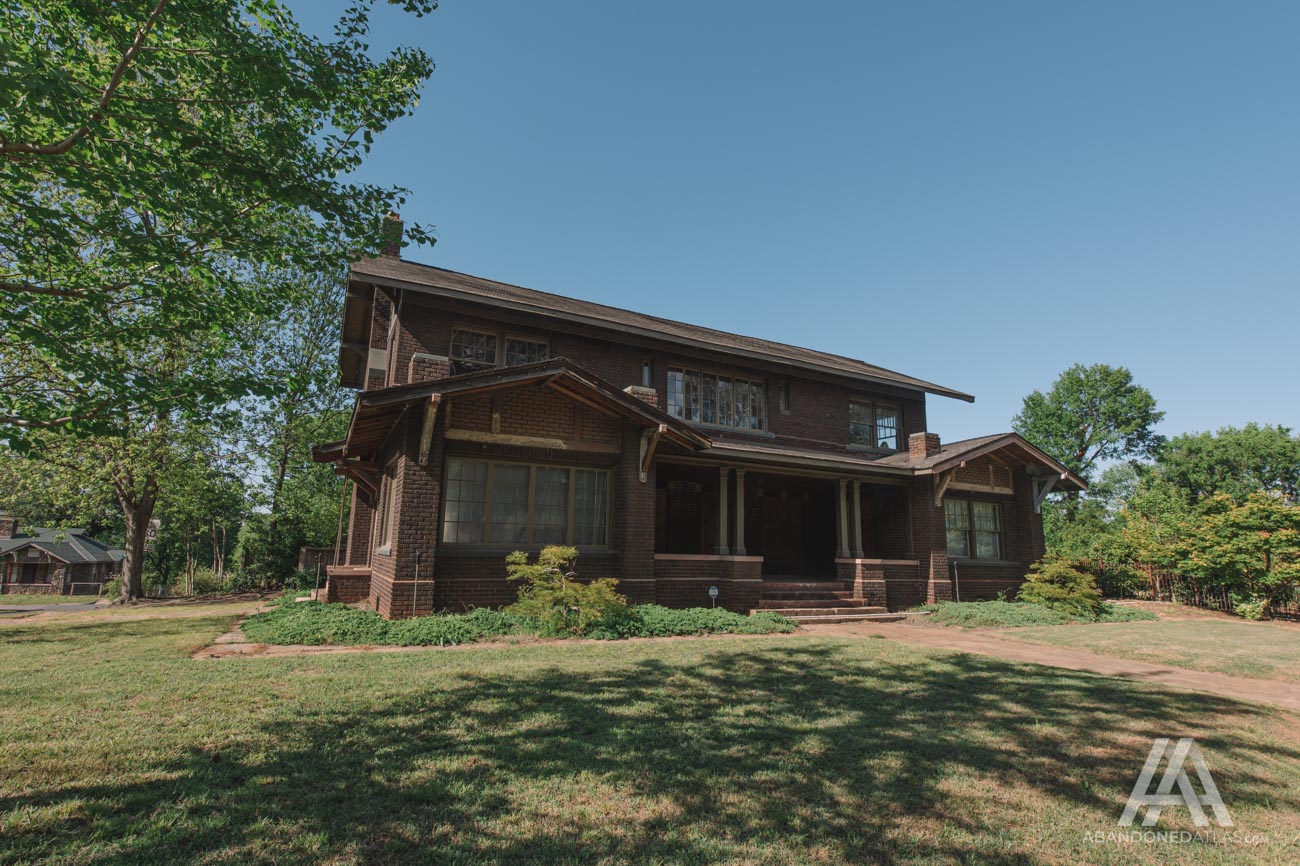
Redevelopment Plans
Shortly after its closure, Shinsegae USA, Inc., a South Korean investment firm that was looking into purchasing the nearby F. D. McArthur School, was interested in reopening the facility as a training center for nurses. That proposal was never realized.
In 2011, the Lovelady Center, a faith-based women’s rehab center, purchased the facility for $6 million. They planned to spend $15 million converting the 52-acre campus into a multi-use development that would include the aforementioned rehab center, medical, dental, and eye clinics, and various health care, non-profit and retail tenants. The project was to be named the Lovelady MetroPlex. A large church had also planned to open a campus at the MetroPlex, along with hotel and banquet facilities, and satellite campuses for two area universities. Neighboring communities opposed the plan, believing that a rehab center would bring more crime to the community and not be a beneficial use of the large complex.
In 2016, the Lovelady Center announced they would be selling the property after being turned down by the zoning board. The property was sold to Corporate Realty Development, which plans to replace the buildings with a mixed-use development including residential space, business space, retail, dining, and hotels. Corporate Realty held an open house event shortly after its purchase to get their input on the development and to answer any questions or concerns the community may have.
Due to years of vandalism and neglect, the structures are beyond repair and would have to be demolished before construction can begin. The existing parking decks will be reused and the iconic star atop the facility will be preserved in some way. Demolition was scheduled to occur sometime in April 2020 but was postponed due to the COVID-19 pandemic. In June 2022, the demolition of Carraway Hospital finally began.

